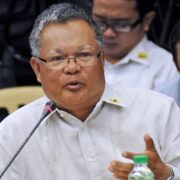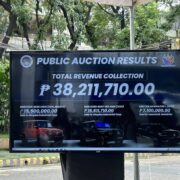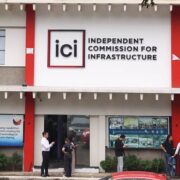Kawayan de Guia steps up for Baguio legacy
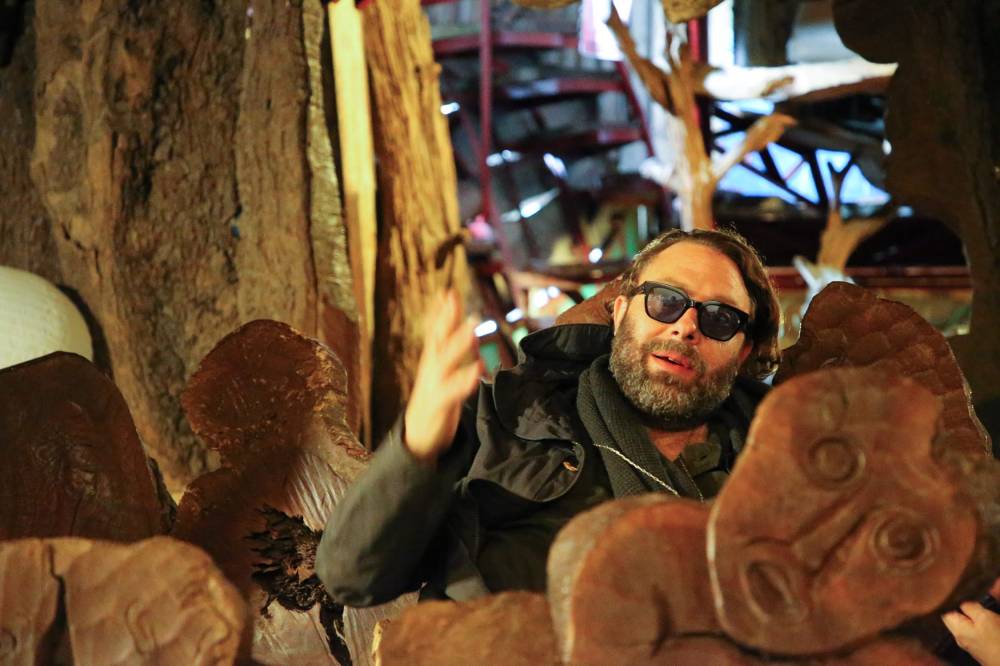
When three became two, Kawayan de Guia found himself in an odd place.
Kidlat de Guia, eldest son of National Artist for Film Kidlat Tahimik and writer Katrin de Guia, unexpectedly died in Madrid in 2022. One rainy afternoon at Ili-Likha Artists’ Wateringhole on Assumption Road in Baguio City, Kawayan told Lifestyle that they still didn’t really know what happened.
The loss of a sibling, along with a handful of other loved ones in swift succession within the past two years, was devastating enough. But since then, Kawayan has had to fill the hole left by his elder brother in the family and the community.
“I’m not free anymore,” he said, laughing. He had been on his own since his high school years. Suddenly, Kawayan found that the burden of responsibility has fallen squarely in his lap.
That burden, of course, is protecting and preserving their father’s—and other Baguio artists’—legacy.
Sacrifice
“It was really my older brother’s role. He was going to take over,” said Kawayan, known to friends as Kaw. “He was a filmmaker; I’m not a filmmaker. He was in charge of my father’s films. So, suddenly, it fell on me. I’m not trained for this!”
Kawayan asserted that the role of artists is to do anything society asks of them, to basically be the missing link for their species to continue. “You heard the call, you looked around and there was no one else. So, okay, it has to be you. And you have to sacrifice everything. If it’s publishing a book and you don’t know how to do it, you have to learn it.”

And that’s exactly what he did.
Two years ago, “Tiw-Tiwong: An Uncyclopedia to Life, Living, and Art in Baguio, the Cordilleras, and Beyond” finally came out. It took around a decade to finish, having gotten derailed by things like bureaucracy, pandemic and burnout.
“I had to learn how to write, to lay out, to print. It’s a whole different ballgame,” said the visual artist, who is currently working on a number of exhibitions across Southeast Asia.
With almost a thousand entries dissecting the multifaceted aspects of the Cordilleras packed into 345 pages, “Tiw-Tiwong” draws readers in for a deep dive into the mundanity and mystery of the land, the people and the culture.
The Ifugao term tiwtiwong refers to a wandering spirit or getting lost on a familiar path. In the same way, this “antitextbook” does not have to be read from cover to cover—although no one’s stopping anybody from doing so. Nor does it work exactly like a conventional encyclopedia, which is usually sought out in search of a specific topic. Instead, one wanders across the leaves to discover. Open a random page to learn about elements of Cordilleran life, and perhaps use that as a jump-off point for further exploration and understanding.
“I don’t know how we came up with the idea,” said Kawayan, who narrated how he managed to strike a deal with the Singapore Art Museum when he was invited to become a guest curator at their 2013 biennale.
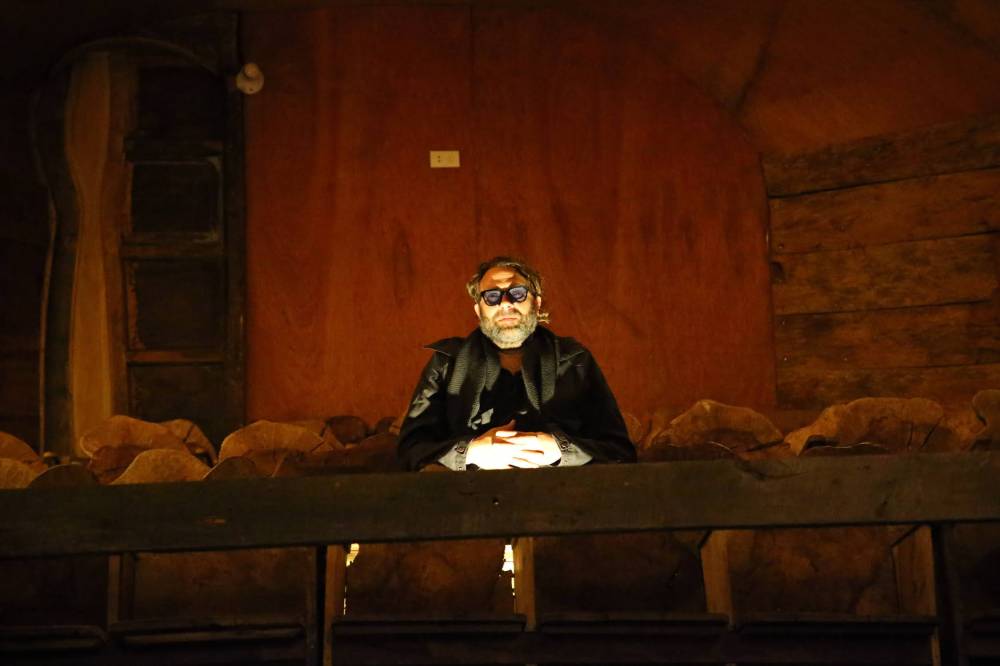
“They wanted me to get a Cordilleran exhibition to Singapore. And I said, ‘If I do that, I don’t want it to feel like the 1904 exposition where Baguio will be showcased but nothing will go back to Baguio.’ I said I’ll do that, but [they] help me get this project going.”
Well, Kawayan continued, the organization liked the idea and helped with the initial seed funding. The rest relied on the collective effort of everyone involved. “So many people really contributed to the book.”
“Tiw-Tiwong” has essentially served as practice for Kawayan and friends, as they plan to make more books “about art and Baguio and the alternative route.”
Archive
Furthermore, he’s also building an archive under Cinematheque Baguio in the artists’ wonderland that is Ili-Likha. “It’s still very bare, but it’s starting.”
The archive will be a library, a research facility and an information center that will preserve Baguio’s legacy. “It should be able to house the essence of Baguio art, and also the knowledge of the Ifugao.”
Serving as a resource hub, the archive will house works and information about prominent Baguio artists, starting with Kawayan’s parents.
Truth be told, the archive might already brim over just from the works of his family, each member a bona fide and unique artist in his and her own right: The legendary Kidlat Tahimik is a known film director, writer and actor. His wife Katrin is both an artist and an academic. The late Kidlat was a visual artist, cinematographer and photographer; Kawayan himself is a painter and a curator; while the youngest brother, Kabunyan, is a mosaic and mixed media artist.
“Different kinds of art, different minds, different humor,” Kawayan said of his family’s dynamic. “We’re all very, very different, but it always works.
“I think, like the book, it’s the diversity and the uniqueness of each and every person that makes us,” he added, which is probably why he generally bristles at the thought of Baguio being refashioned into homogeneity.
Fight against conformity
For someone who was born in Baguio, it’s been hard to see the changes. “The development, the so-called progress has been a bit too rapid. And, I think, in the rush of trying to conform with the rest of the world, we are losing our identity as a people, as a city, as a species. We’re losing our ‘style.’”
The self-described Baguio boy explained that artists and cultural activists have been trying to fight back against conformity since the 1980s. “We have to remember the culture of the katutubo from Cordillera, at the same time the ‘hybridness’ of it being an American hill station. The mixture of those two is very interesting,” he said. “But if we’re all going to conform to Manila’s rule, the style disappears.
“Baguio is that kind of place where you are free to think, to contemplate, to reflect. It’s that special place where you can run away to. It’s a mood.”
Kawayan further lamented the swiftly transforming landscape of the mountainous region, with recent decades seeing forests disappear to make way for human settlements. But even as he described Baguio as a losing battle, he added, laughingly: “Nevertheless, we still have free air conditioning.”





